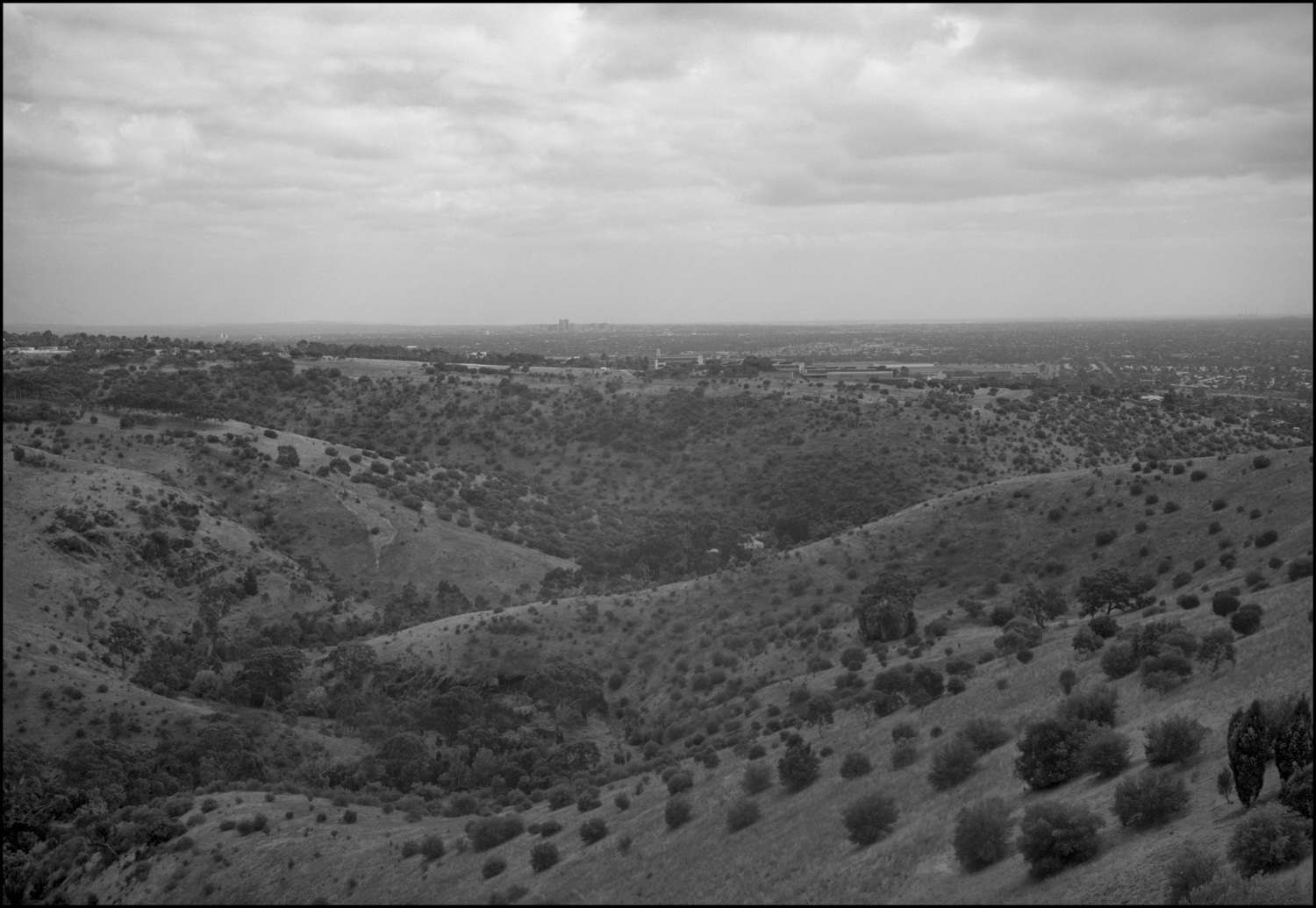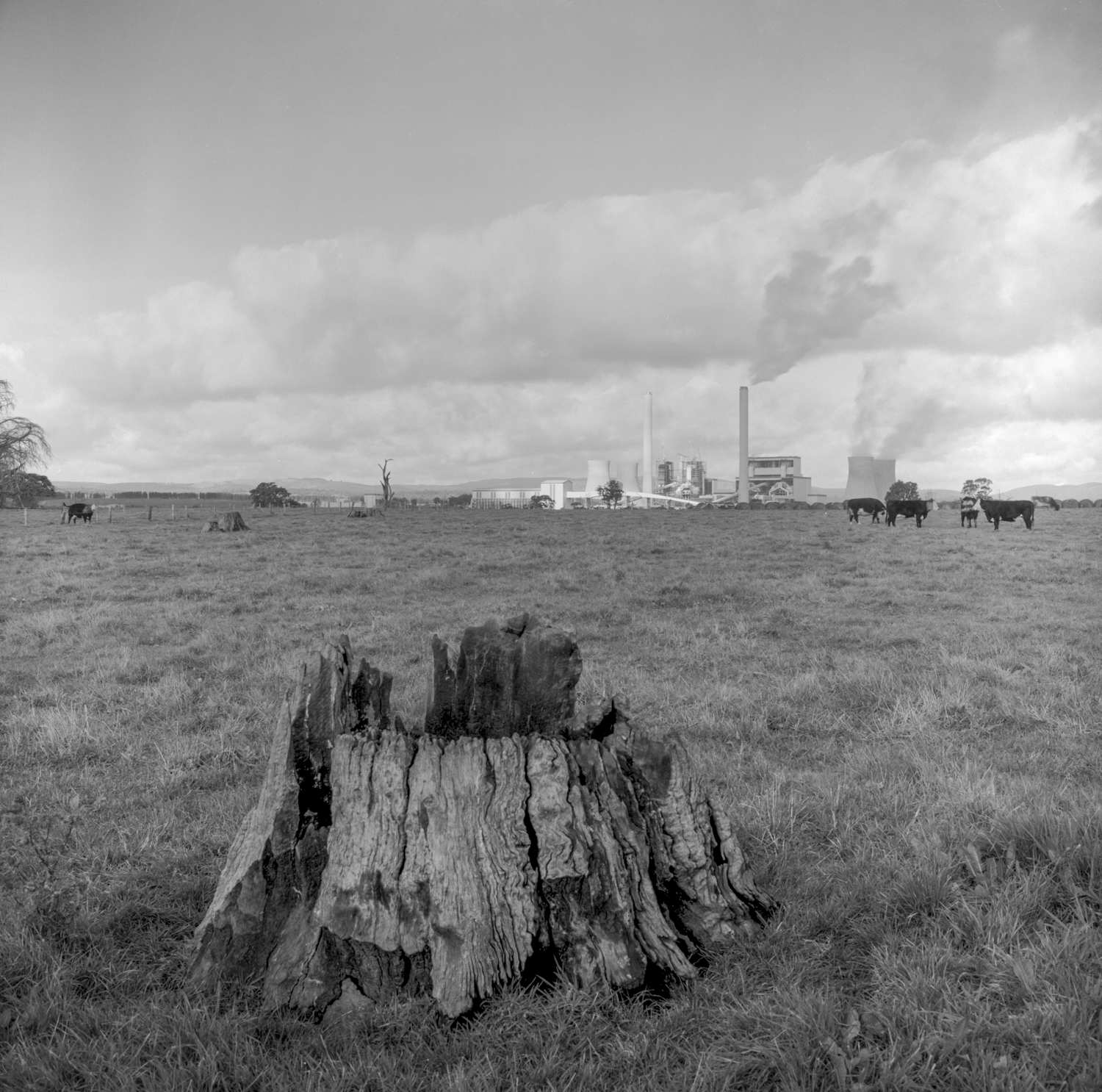Today I started work in a rather low key way on the Adelaide Photography 1970-2000 book that Adam Dutkiewicz and I will work on together after he finishes Volume 2 of A Visual History: the Royal South Australian Society of Arts 1856-2016. The Adelaide Photography book is to be published by Moon Arrow Press, and hopefully, if all goes well with the contributions from the Adelaide art photographers in this period it will be published in late 2018. The book builds on the Abstract Photography: Re-evaluating Visual Poetics in Australian Modernism and Contemporary Practice book that Adam and I published in 2016.
Low key here means that I contacted several people to see if they were interested in their work being a part of the project; and secondly, I have started to read some tough going texts on aesthetics that I’d borrowed from the Flinders University of South Australia’s Library to help me write an essay on the aesthetics of art photography for the book. The questions I am addressing in the essay are: ‘what are the aesthetic underpinnings for an autonomous art photography after it has been accepted and incorporated into the art institution? Secondly, if art is a form of rationality as is assumed, then how does art’s rationality differ from the rationality of the natural sciences and economic rationality?

As well as the aesthetics essay there will be an art historical essay about the photography of this period. The centre of the book is the portfolios of (approximately) 12 photographers which each photographer has about 4-6 pages for their pictures including an artist statement about their work.
Robert McFarlane has agreed to contribute to the book, and his work makes an ideal start to the book’s portfolio section. In an essay written for Robert McFarlane’s Received Moments: Photography 1961-2009 (circa 2009) travelling exhibition Gael Newton addressed one of the many gaps in her influential historical survey, Shades of Light: Photography and Australia 1839-1988, which was published in 1988. She says that McFarlane was:
a significant member of the somewhat neglected generation of Australian photographers whose careers began in the late fifties and early sixties. They slip between pre-war modernists and pioneer photojournalists like David Moore, and the ‘baby boomer’ personal documentary photographers of the 1970s who claimed photography as their medium and dismissed photographers of the recent past. The young photographers of the seventies – mostly using modern 35mm reflex cameras – redefined documentary photography as a subjective form of witness. Their preference was to show their work in books and art exhibitions rather than in mass market picture magazines.
In a footnote Newton mentioned that this “neglected group includes classic landscape photographers: John Cato (Melbourne), Richard Woldendorp (Perth), Wesley Stacey (all over Australia) and architecture and topographical artists John Gollings (Melbourne and Asia), and Richard Stringer (Queensland). The group includes documentary photographers Jeff Carter (South Coast, New South Wales) and John Williams (Tasmania). ”
It is good to see the acknowledgment of topographical photography. It’s recognition in the Australian art institution is long overdue.
Newton, however, fails to address two other gaps in her historical survey. The first one is the absence of a regional approach to art photography of the late 20th century –that is, work produced in places outside the hegemonic Canberra, Sydney and Melbourne triangle eg., in South Australia, Queensland, Western Australia and Tasmania. What would a regional approach look like? Adelaide Photography 1970-2000 sets out to answer this question.
Secondly, the art historical approach to art photography does not explore the aesthetics of art photography in the last quarter of the 20th century, and so it does not suggest or outline what distinguishes an autonomous art photography from the various forms of commercial photography in the culture industries.The art historical texts –and I include those about the visual arts in general– assume modernism’s claim that photography is a medium—i.e., what makes photography a single, unified medium– and that it is indeed one. They do not make the conceptual shift to pictures. The inference is that art historians in Australia are indifferent to, or avoid, the advanced theoretical and conceptual analysis of their objects of inquiry; and they do not feel it professionally incumbent upon them to inform themselves about debates as to what counts as a photograph, photography, or a photographic process.

Art history and criticism stands to gain by getting clearer about its unreflective assumptions regarding its object of inquiry in relation to the philosophical conceptions of the medium. Art history’s aesthetic gap is problematic since the analytic tradition’s writings on photography have been influenced by two papers published thirty-odd years ago: Roger Scruton’s “Photography and Representation” and Kendall Walton’s “Transparent Pictures.”
Scruton’s argument is that photographs cannot be a representational art in that the “ideal photograph” (understood in a logical rather than a normative sense) cannot be representational art because it fails to represent its subject in the aesthetically relevant sense of completely expressing its maker’s thought about it. Walton’s argument is that photographs are transparent in that we literally, if indirectly, see through photographs to what they are photographs of because photographs do not depend on the mental states of the photographer but simply record how things stood in a given portion of the world at a given time.
These analytic philosophers tend to take something like the snapshot (that is, an automatically recorded image) as paradigmatic of how photography in general works. They failed to recognise that conceptual and post conceptual artists artists were interested in the nonart nature of photography, whether professional or amateur, as a new resource or horizon of possibility for avant-garde artistic practice in a climate of increasing commercialization. That is, many artists valued photography in all the respects in which it seemed to evade, rather than mimic, art with a capital A—hence photography’s standing as the pictorial equivalent of the readymade. These conceptual artists’ aligned photography with a critique of the (modernist) aesthetic.
If Australian art history’s narrative of the evolution of photographic style is placed in the context of the analytic tradition’s writings on photography, then we can see that it is in opposition to Scruton and Walton’s arguments. The emphasis in art history is on artistic intentionality (artistic agency) in order to support the aesthetic character of photographic art and to underwrite art history’s account of artists inventing or reinventing the photographic medium. Photography becomes bound up with, and grounded in, subjectivity. Artistic intentionality is assumed, and this assumption reduces artistic agency to intentionality, thereby forgetting that though intention may require agency, agency does not require intention. This assumption also ignores the deliberate abnegation of authorial control in favor of chance, accident, and automatism in art photography.

The 1970-2000 period is one in which photographic art is no longer regarded as a subgenera apart, and this was accompanied by a corresponding expansion of its criticism and theory. This period is the turning point between modernist and postmodernist art, and it is one in which the key tenets of the modernist aesthetic–the idea of aesthetic progress predicated on the criteria of the most advanced material and medium specificity are rejected and replaced by a multiplicity of styles and tendencies.
So there is a need to consider the aesthetics of art photography. The books on aesthetics that I am reading are David Roberts, Art and Enlightenment: Aesthetic Theory after Adorno; J. M Bernstein, The Fate of Art: Aesthetic Alienation from Kant to Derrida and Adorno; Andrew Bowie, Aesthetics and Subjectivity: from Kant to Nietzsche; Douglas Crimp, On the Museum’s Ruins. These texts are heavy going and they assume a working knowledge of the continental philosophical tradition from Kant and Hegel onwards.
I’m struggling.
7 Responses
xray spex (@userxyyyz)
Some serious analytic reading there Gary!
Adelaide Photography 1970–2000 - Thought FactoryThought Factory
[…] quite some time in the last week or so contacting people inviting them to participate in the Adelaide Photography 1970-2000 book to be done by Adam Dutkiewicz and myself for Moon Arrow Press. This builds on, or is a […]
Adelaide Photography 1970-2000: submissions called – The Bowden Archives and Other Marginalia
[…] have finally picked up the Adelaide Photography 1970-2000 book with Adam Dutkiewicz to be published by Moon Arrow Press after more than a year’s break, […]
at Barmah National Park – The Bowden Archives and Other Marginalia
[…] going through my archives to look for some better images to include in my portfolio, for the Adelaide Photography 1970-2000 book I came across a few images of River Red gums (Eucalyptus camaldulensis) along the River […]
Adelaide Photography 1970-2000: Submissions called - Thought FactoryThought Factory
[…] have finally picked up working on the Adelaide Photography 1970-2000 book with Adam Dutkiewicz to be published by Moon Arrow Press after more than a year’s […]
Adelaide Art Photographers 1970-2000 - Thought Factory
[…] with Adam Dutkiewicz to complete this forementioned Adelaide Art Photographers book —here and here–for Moon Arrow Press. It is nearly finished. Adam and myself visited the printers […]
An update – The Bowden Archives and Other Marginalia
[…] Archives and Other Marginalia book and that some of my non-Bowden photos would be included in the Adelaide Art Photographers 1970-2000 book The latter has been published published by Moon Arrow Press in […]